We revisit Another Man's interview with Albert Watson about the time he got a VIP pass into Elvis’s Graceland mansion
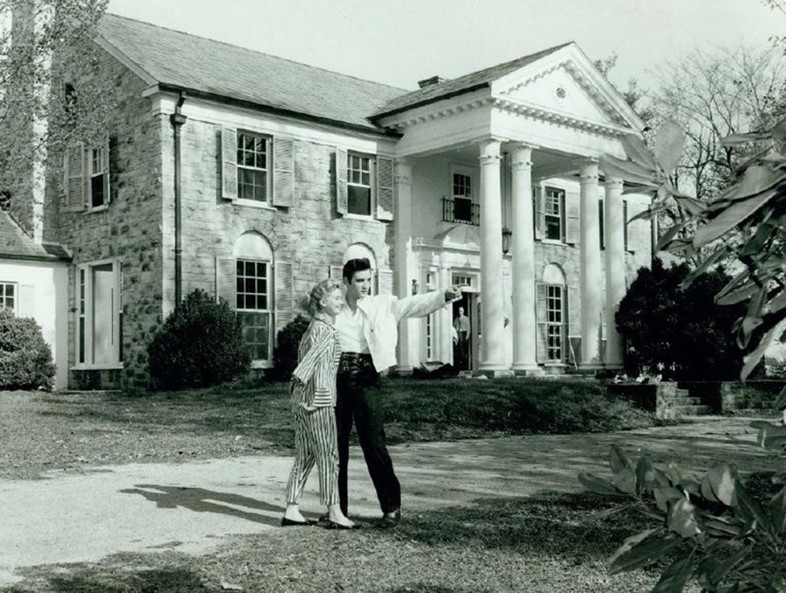
Famous for his iconic fashion magazine covers and celebrity portraits, Albert Watson’s still life projects are less well documented. In 1991, he travelled to Memphis, Tennessee. With access to all areas of Elvis Presley’s Graceland mansion, he was given four days to photograph the king’s personal possessions.
“For days I just walked round the house, looking in cupboards and drawers, picking out objects I wanted to photograph. Early driver’s licences, guns, guitars, karate uniforms from the 70s when Elvis went through that ‘superfly’ stage, everything was there. Now it’s more like a museum, but back then it had been left just as it was when Elvis died. We set up a mini-studio in Elvis’s kitchen, where I imagine he spent a bit of time making those deep fried peanut butter and jelly sandwiches. Every so often Elvis’s aunt Delta, who was the last original Graceland tenant, would pop her head round the kitchen door and ask ‘what y’all doin?’”
A favourite of Jack Nicholson and Mick Jagger, Watson first picked up a camera in the early 70s when he moved from Scotland to Los Angeles. The maverick photographer has travelled the world collecting artefacts. He’s shot the contents of Tutankhamun’s tomb in Egypt; Laurence of Arabia’s personal effects; Ned Kelly’s clothes in Australia; spent time at NASA photographing space memorabilia from the Gemini and Apollo programmes; and, recently, the original Darth Vader armour. “Still life photographers are a bit like helicopter pilots,” he explains, “you have to be a bit odd to do it.”
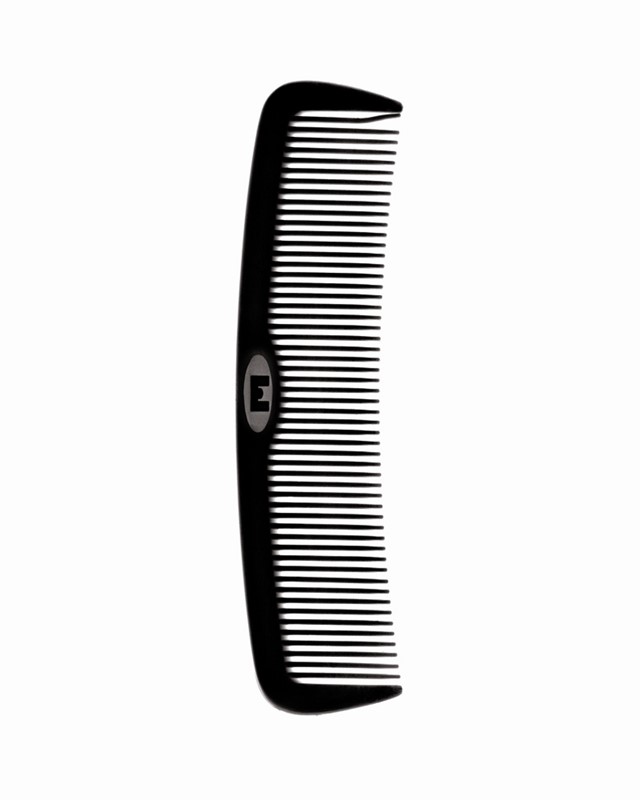
Comb
”Elvis would probably be pretty amused that someone wanted to photograph his comb. This is my favourite photograph, because of the simplicity of it and that one bent tooth. It’s just a regular plastic comb, and a comb’s a comb, but the hairstyle was infamous. Tony Curtis was the originator of that hairstyle – Elvis liked it and stole it from him. I found the comb next to the handkerchief in the bedside table drawer. Apart from his bible that was all that was in there, because of course he’d been brought up as a very strongly religious, southern Baptist.”
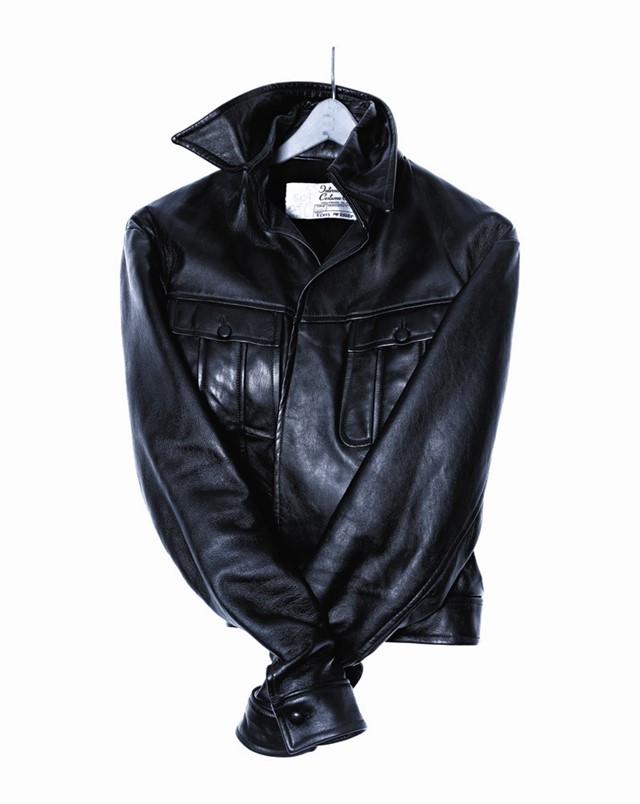
Jacket
“This jacket was from Elvis’s famous TV ‘comeback special’ aired on NBC on December 3, 1968. He was on this little stage with an audience all around him and it was the first time he wore the black leather suit. Elvis loved James Dean, and of course Marlon Brando had made The Wild One by this time. It was a ‘comeback’ because he had weathered the Beatles storm – the Beatles just beat everyone into the ground. But Elvis was still only 33 and the show re-launched his career. It was so successful because he was simply very, very good. It was absolutely second nature for him to sing. Listen to the early Sun Sessions, when he’s 18, 19 years old, and you cannot believe the sophistication of that voice, the way he phrased things – he was an incredible ‘actor’ with his voice. Only someone like Frank Sinatra rivals that, and he was in his 30s before he could do it. It was a gift for Elvis.”
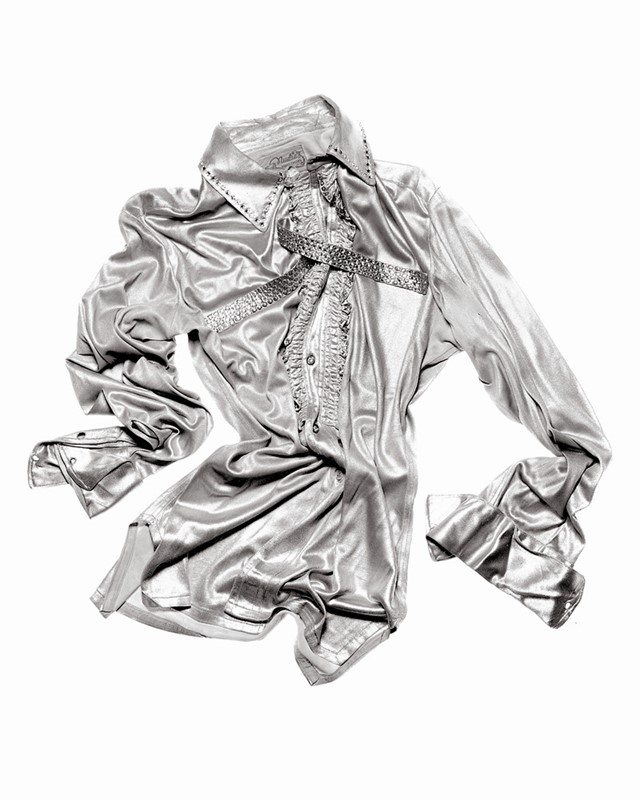
Shirt
“This is the shirt from underneath the $10,000 gold lamé suit, made by Nudie, the western clothier. Colonel Parker had donated it to the museum the week I turned up. Early on, Elvis had that real rough, rock’n’roll, Jerry Lee Lewis/Chuck Berry thing going on. Once they got hold of him and polished him up, and he did all those ridiculous films like Blue Hawaii, they destroyed all that early roughness. There was a sexuality to it before. You have to remember people were just outraged by Elvis in the beginning. I saw Elvis perform later, in Vegas in 73. The curtains opened and there were 150 musicians onstage – an orchestra, a rock’n’roll group, a gospel group, backing singers, a percussion group. Elvis came on and sang C.C. Rider and everybody went absolutely crazy. But the thing I remember about that evening is when he quietened the crowd down, walked up to the microphone and sang Fools Rush In a cappella. All I can say is, it was just incredible, mind-blowing. You know, the one thing I hope doesn’t happen in time is that people forget his great natural talent, and that beauty he had when he was young, which of course he abused and misused – his curse really. I hope people don’t think of him as a joke. Nobody in the world had that voice and that power, nobody.”

Telephone
“The gold telephone was on the bedside table in his private bedroom. it’s the phone that Ginger Alden, Elvis’s girlfriend, called the ambulance on when she discovered his body in the bathroom.”
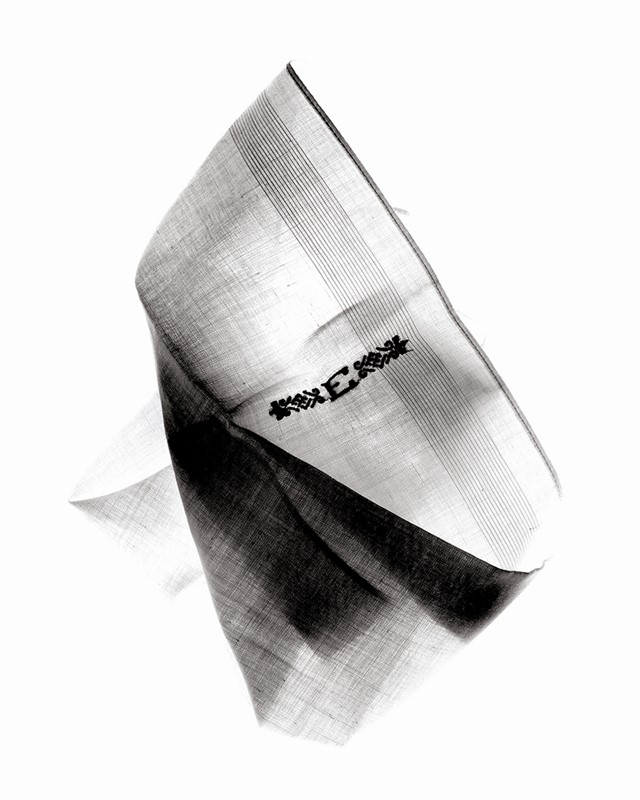
Handkerchief
“The initialed handkerchief came out of Elvis’s bedside table, left there from the day he died. His bedroom was large but had this surprising, bizarre ordinariness to it, I mean really it was more like a suite at a holiday inn. It had an extravagance but it was a weirdly nouveau-riche looking extravagance, with a hint of Vegas to it. Graceland was just a very strange place with these exaggerated features. Elvis had real southern, trailer trash taste. Look at his background, it was very poor. I mean, this was a truck driver from Tupelo.”
The original article appeared in the first issue of Another Man. Elvis at The O2: The Exhibition of His Life runs until August 31.
Words by Albert Watson
